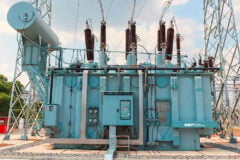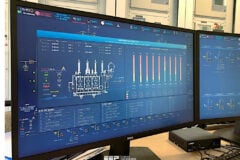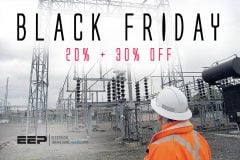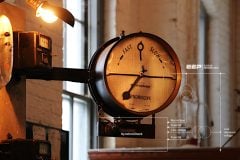Energy Metering in Power System
Energy meters are one of the most important components for monitoring and data acquisition in a power system network with roles in every part of the power system network, from the generation to the commercialized end-users, through multiple transmission and distribution setups. They are primarily used for measuring energy for end-user billing and energy trading purpose.
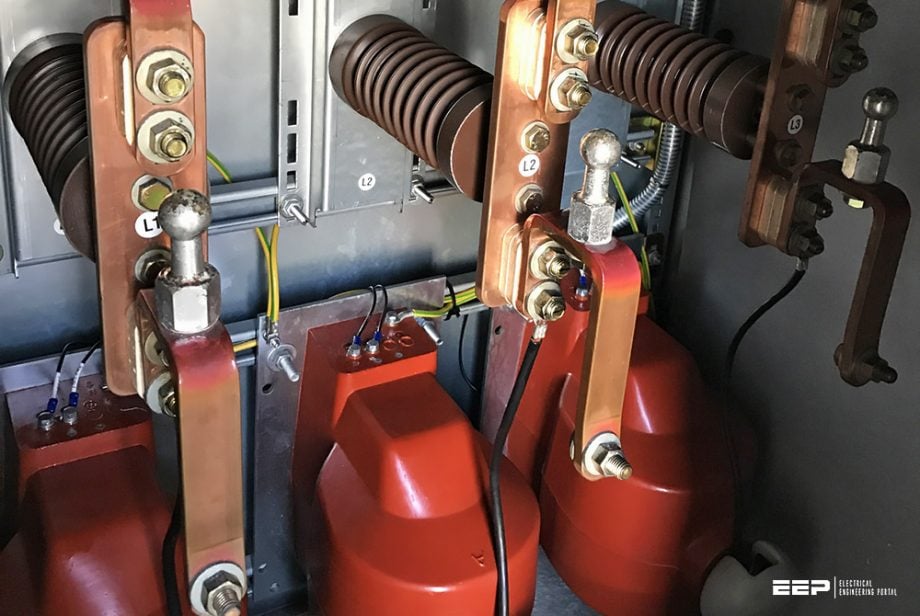
In this article, the focus will be on the mechanism and purpose of energy metering in the power system network along with some essential dos and don’ts for their installation and operation.
The article skims through the basic operating principles, types, and general introductions related to energy meters while concentrating primarily on the modern applications and operational details.
- Major Applications
- Metering in Power Substations:
- Metering for Utility End-Users:
- Smart Meter: The New Normal
1. Major applications
The vast application of energy meters can be categorized into four major parts of the power system network: Generation, transmission, distribution, and utilization. Based on the type of system and application, the specification and customized functions of the meter differ, though the principle of measurement remains the same.
There are myriad sources of energy used for commercial electricity production, ranging from large-scale nuclear energy to more sustainable solar PV energy.
Irrespective of the types of sources and the voltage of their production, the energy meter find their use in measuring the total energy released by the source.
In some cases like roof-top solar PV systems, the energy meter should be capable of measuring the net energy to account for both incoming and outgoing power depending upon the availability of solar radiation.
Similarly, the next major application of the energy meters is in power substations to monitor the energy consumption pattern and sometimes to bill the inter-branch energy exchanges. Then comes the end-users, the customers of utility companies, where the energy meters are employed for billing purposes.
Figure 1 shows the four-quadrant operation of energy meters. The first and fourth quadrant operation of meter measures the exported power/energy, whereas the second and third quadrant is for imported power/energy measurement (looking from the utility side).
Figure 1 – Four quadrant operation of energy meter
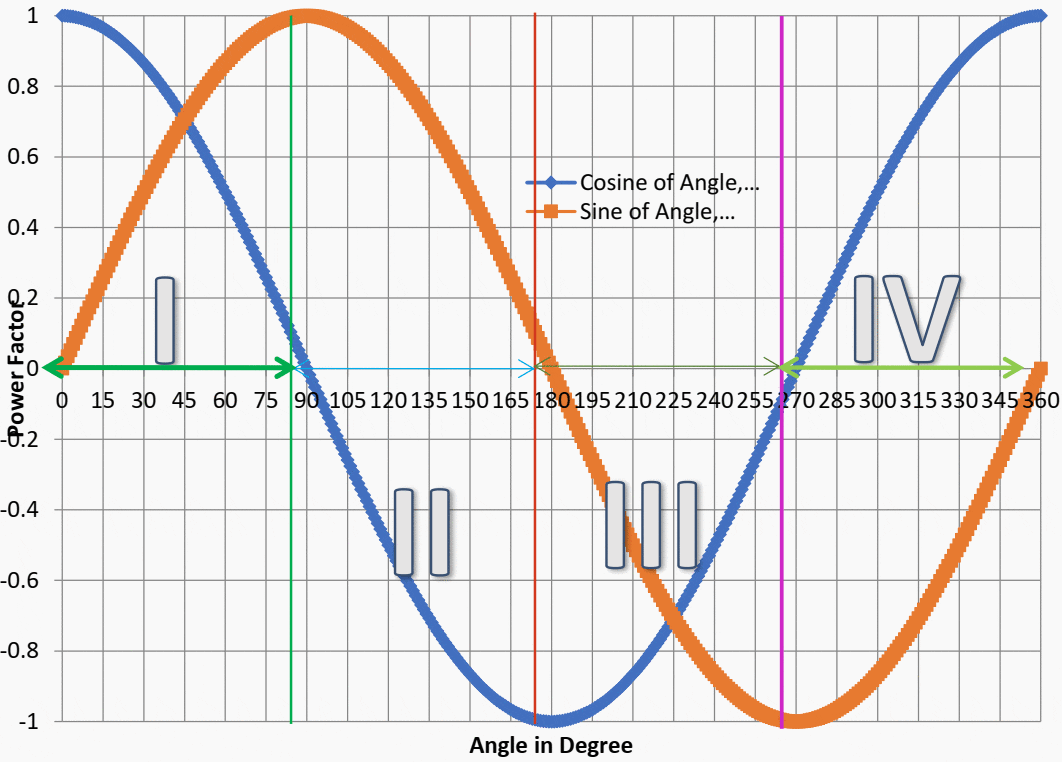

The trivector meters are capable of four-quadrant operation and thus can also be used for net metering or reverse energy recording purposes. This feature of the trivector meters makes them very versatile and useful over a range of applications and also places them in a much higher echelon compared to their electromechanical counterparts, which lack this sort of flexibility.
Also, most of the static single-phase meters installed for household purposes are designed for two-quadrant operations (1st and 4th) only to record exported power.
Go back to the Contents Table ↑
2. Metering in power substations
Substation monitoring and data acquisition have come a long way from their initial days of analog systems. The modern static energy meters used in incoming and outgoing feeders of power substations come with various additional features.
Membership Upgrade Required
This content is not available in your premium membership plan. Please upgrade your plan in order to access this content. You can choose an annually based Basic, Pro, or Enterprise membership plan. Subscribe and enjoy studying specialized technical articles, online video courses, electrical engineering guides, and papers.
With EEP’s premium membership, you get additional essence that enhances your knowledge and experience in low- medium- and high-voltage engineering fields.
Black Friday Deal 💥 – Save 20% on Pro Plan with code BLACKFRIDAY
Copyright Notice
This technical article is protected by U.S. and international copyright laws. Reproduction and distribution of PDF version of this technical article to websites such as Linkedin, Scribd, Facebook and others without written permission of the sponsor is illegal and strictly prohibited.© EEP-Electrical Engineering Portal.
Related electrical guides & articles
Premium Membership
Bishal Lamichhane
Electrical Engineer (B.E Electrical, M. Sc Engineering) with specialization in energy systems planning. Actively involved in design and supervision of LV/MV substations, power supply augmentations and electrification for utilities and bulk consumers like airports and commercial entities. An enthusiast and scholar of power systems analysis.Profile: Bishal Lamichhane

